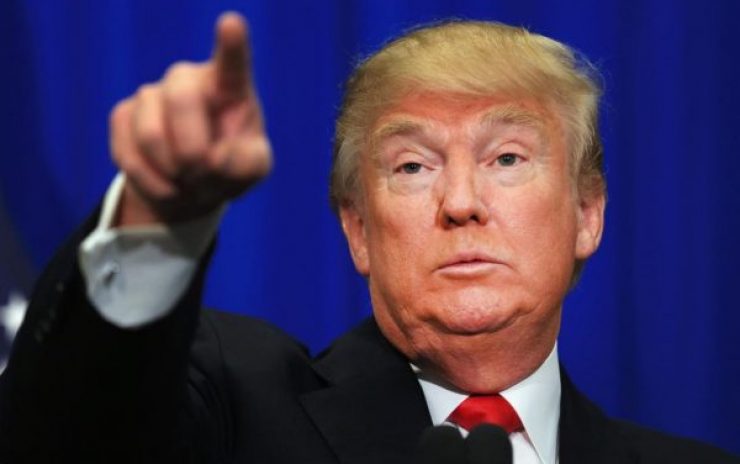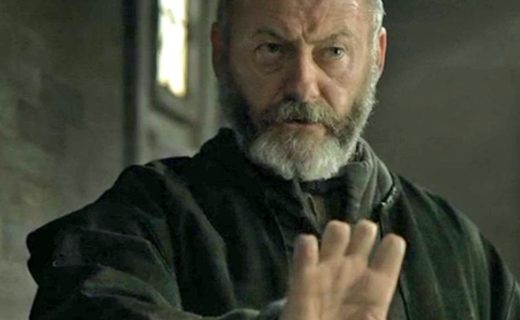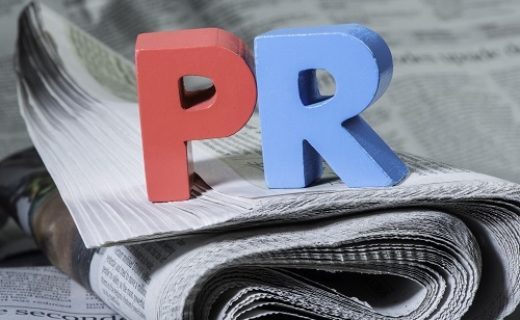A little over a week into his presidency and Donald Trump is making a mark that has both critics and supporters going wild. His presidency is in many ways unprecedented. Yet in terms of communications strategy, he is pursuing tried and tested ways to reach his audience that were pursued by other politicians, and businesses should pay attention to what he is doing.
Television as a way to reach Americans really came of age in the 1950s. The first two politicians to fully realize its potential were Dwight Eisenhower and Richard Nixon. In 1952, Eisenhower was nominated by the Republican Party in an epic convention battle with Robert A. Taft that was televised live and reached millions of Americans. To placate, Taft’s supporters, he selected California Senator Richard Nixon as his running mate. During the course of the campaign, it was revealed that Nixon as Senator had a fund set up by backers that paid for his political expenses. The media played up the implication of scandal – that Nixon traded favors for money – particularly as Eisenhower and Nixon were campaigning on a pledge to clean up the corruption of the Truman Administration. A media frenzy followed with calls for Nixon to step aside from the ticket or Eisenhower to remove him. Nixon was given a chance to address these allegations on a televised speech. The speech that became known as the Checkers Speech was unprecedented in its time. It turned the tide with Nixon remaining on the ticket. It also taught Nixon a key lesson, that television was a way for a politician to speak directly to the American people without the media. Eisenhower also took away this lesson and used television speeches as a way to go over the heads of the media to advocate his policies. He also used weekly televised news conferences as a way to make the American president part of every American’s life.
As we saw in this past election, Donald Trump loves Twitter. Rather than speak to the media, Trump would take to his Twitter account to address key issues and reach voters. Like Eisenhower and Nixon, he was using a new medium to address Americans without media questions. In addition, the ignored media was forced to cover Trump’s tweets which would then dominate the news cycle. Many thought after taking the oath of office, Trump would cut back on his tweets. Yet that has not happened. He employs Twitter daily and reaches his designated audience directly without media filter.
Ronald Reagan entered the White House after a diverse career that included an acting background. One of the key lessons that Reagan brought to the presidency from his acting days was that visuals matter. From his addresses to Congress, photo ops, and his appearance at Normandy to commemorate the D-Day invasion, everything was done with the camera in mind as a way to reach Americans. President Trump besides being a businessman was a very successful reality television star and like Reagan learned the power of visuals. We have seen this employed so far in his presidency from his meetings with business and congressional leaders to his walk in the inaugural parade, Trump understands that visuals matter.
Trump’s embrace of visuals and Twitter ate lessons for businesses. Visuals are as powerful as a business story and are critical in reaching consumers. Just as Nixon and Eisenhower with television, Trump is showing the power of Twitter and social media as a way for businesses to reach their target markets directly. Regardless of anything else President Trump is showing a way to reach his core constituencies that businesses can learn from.





